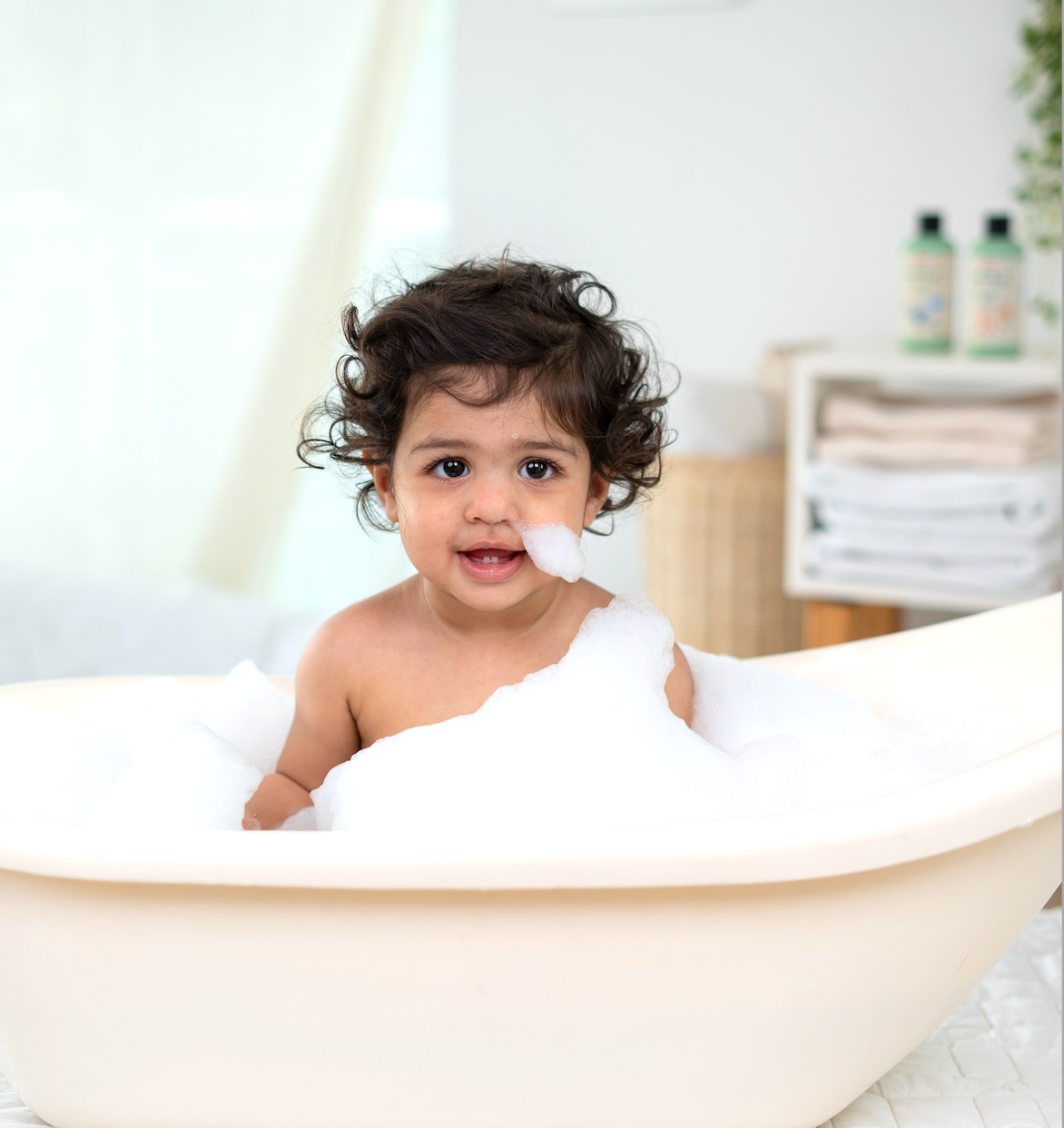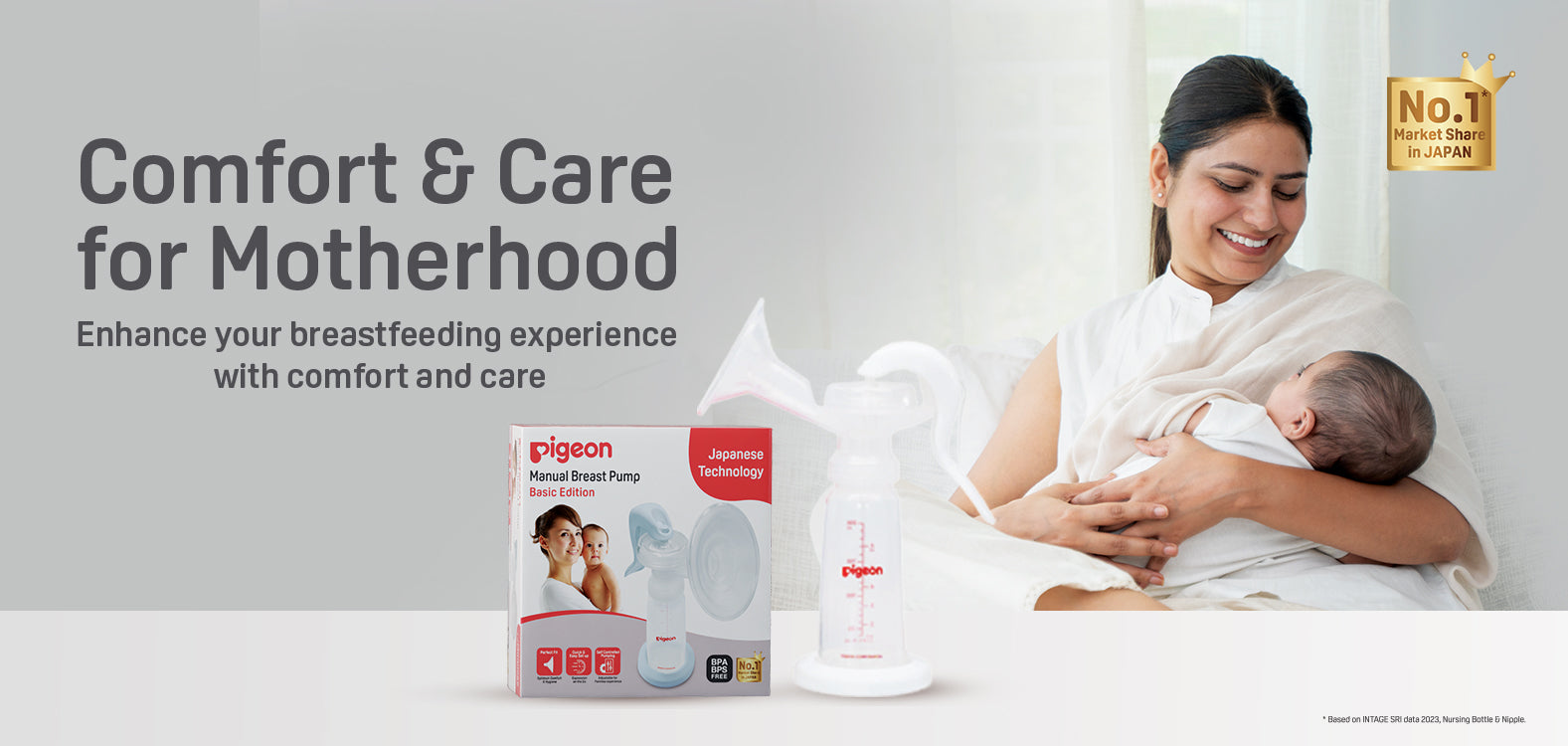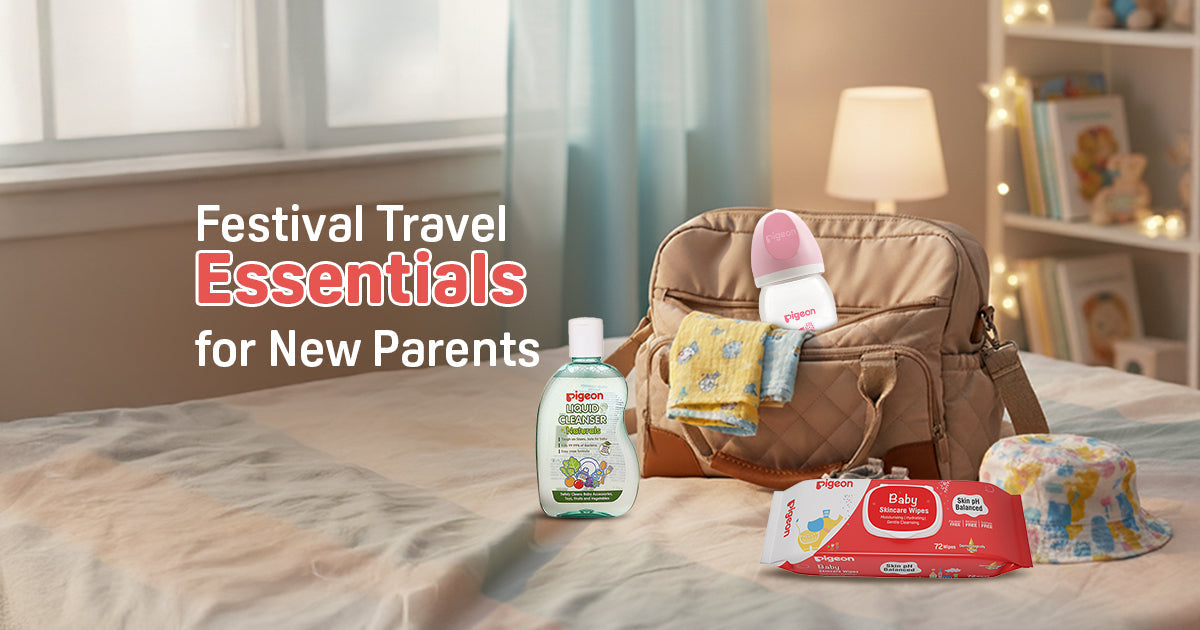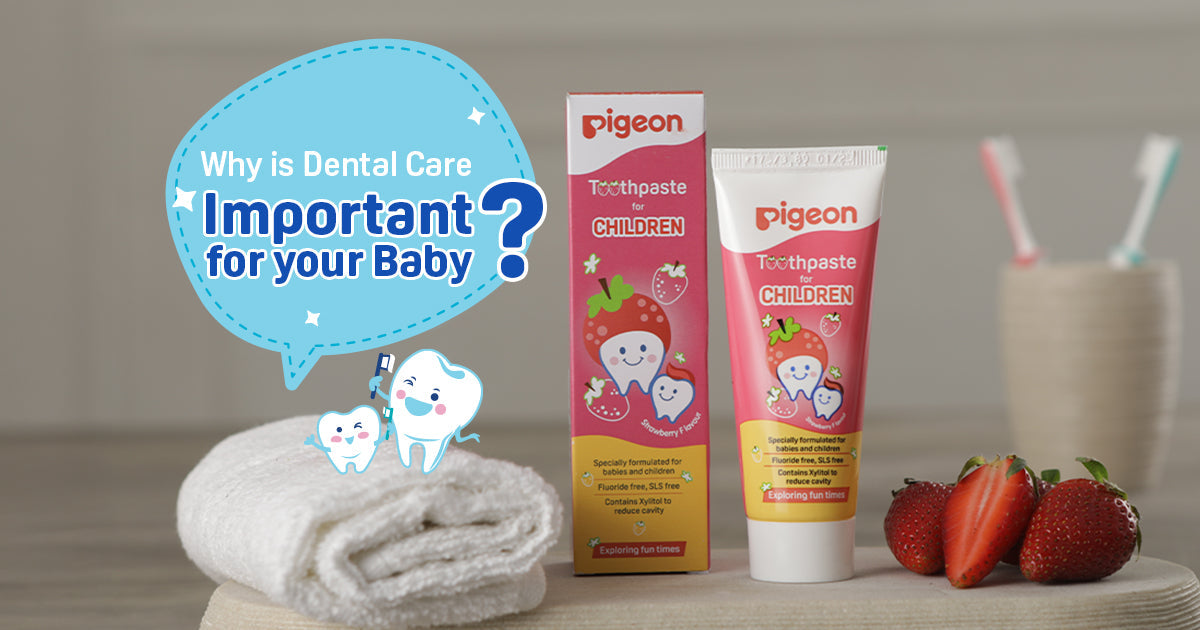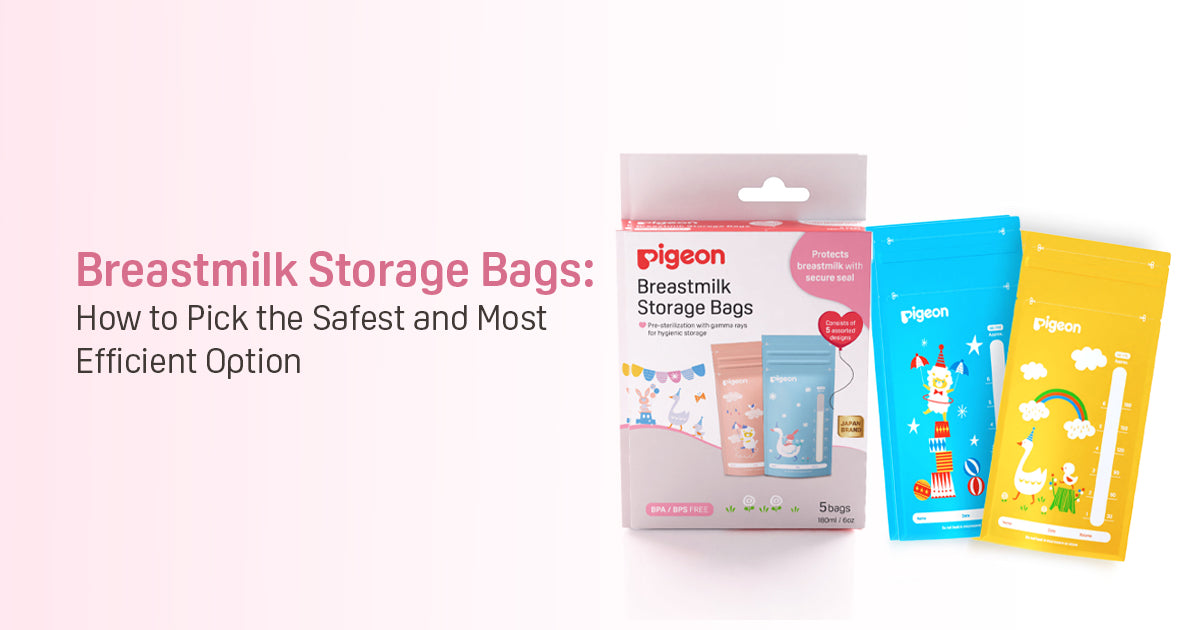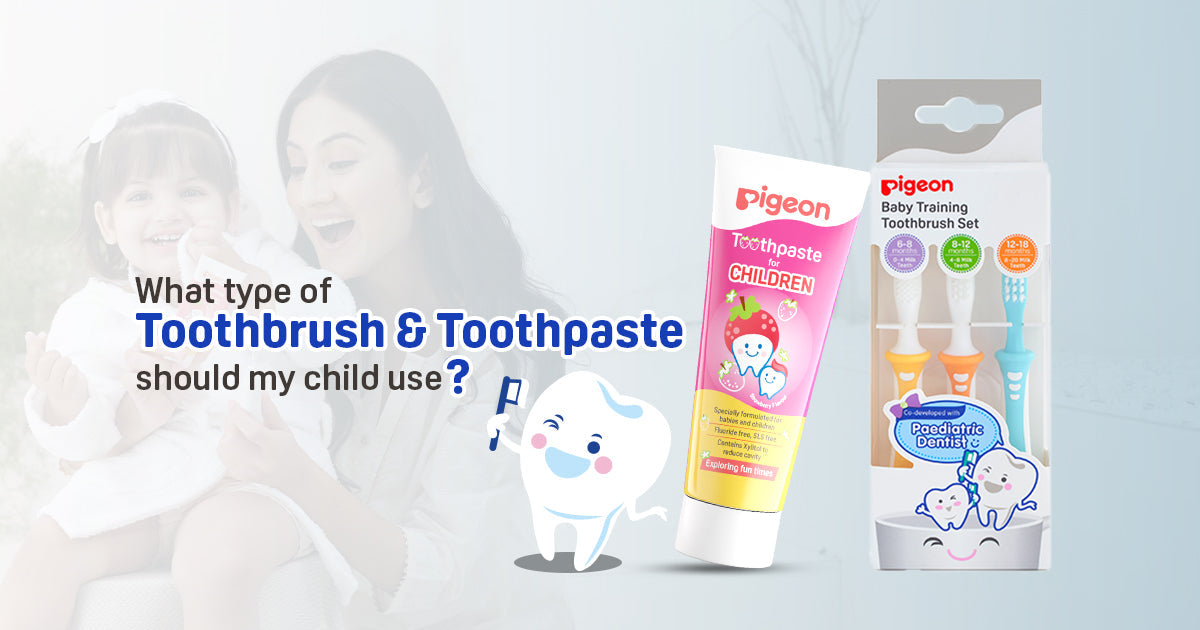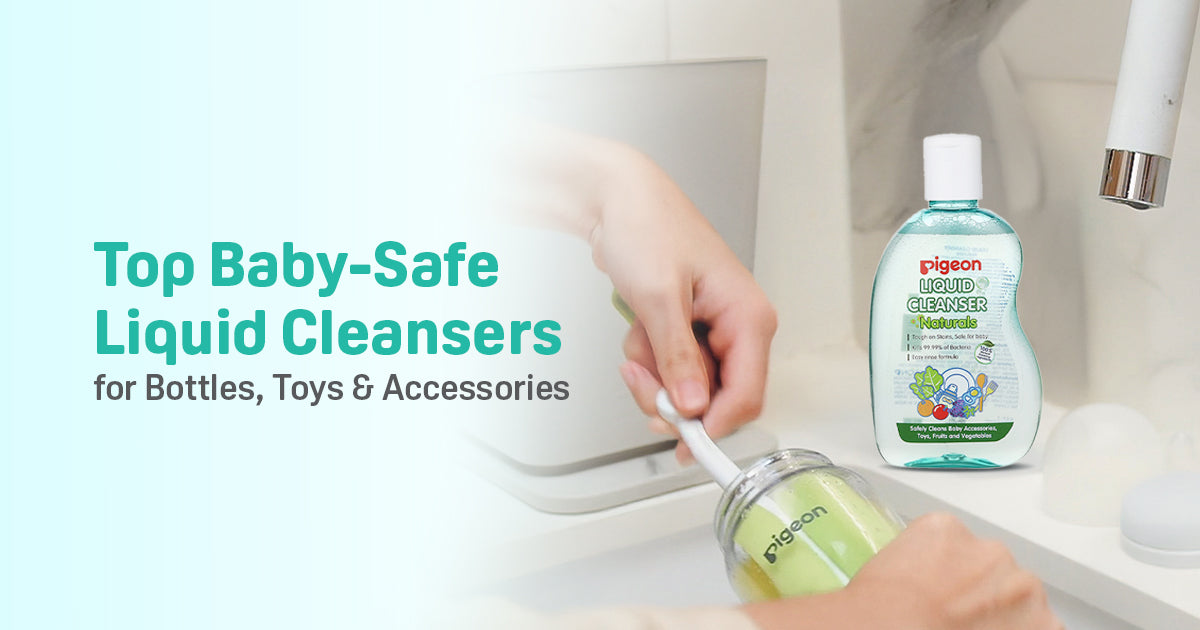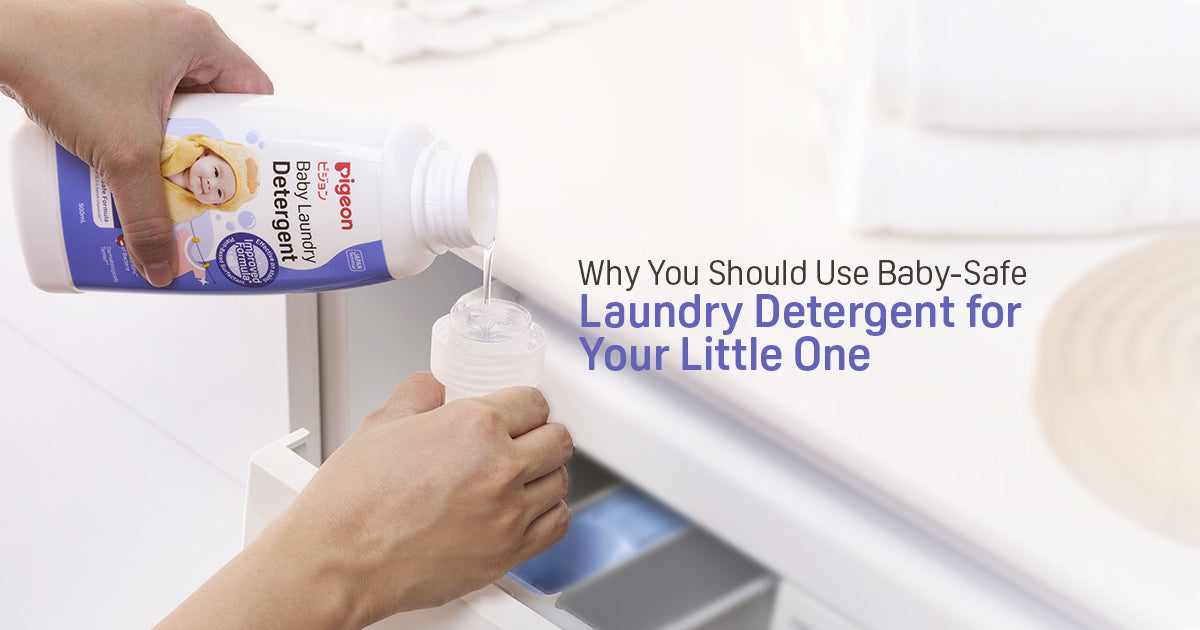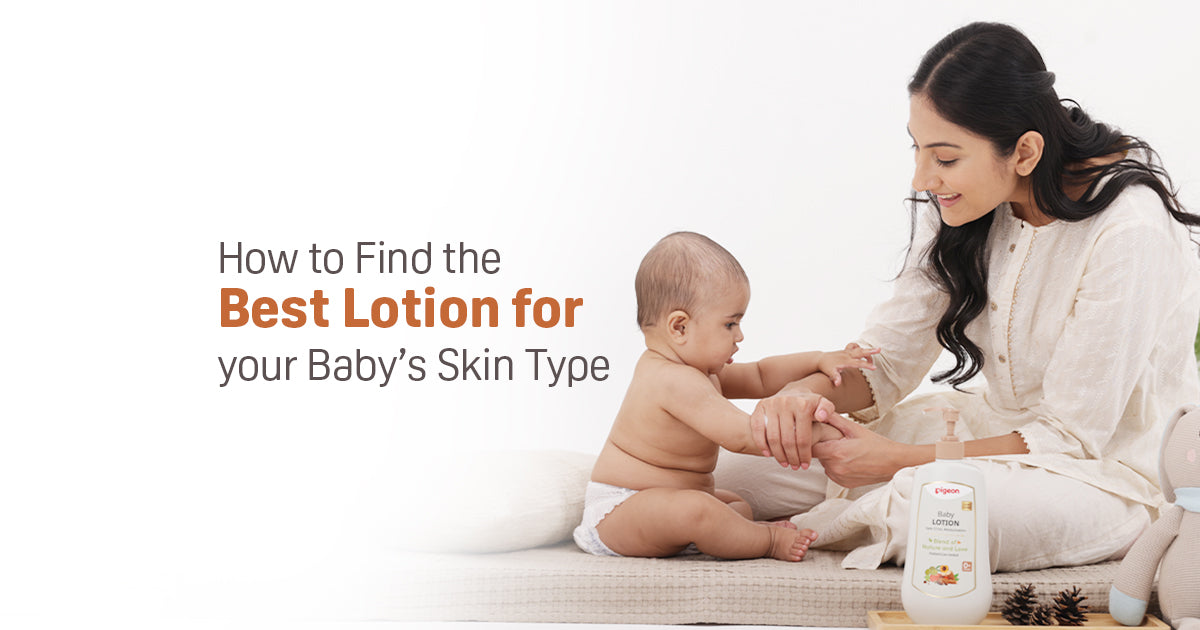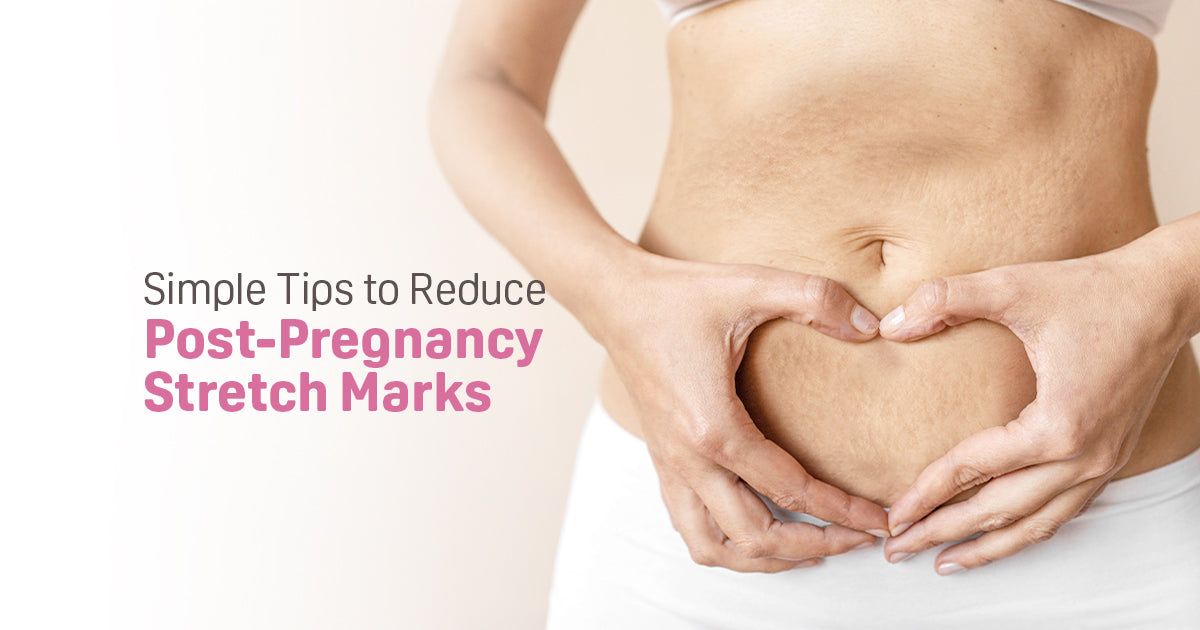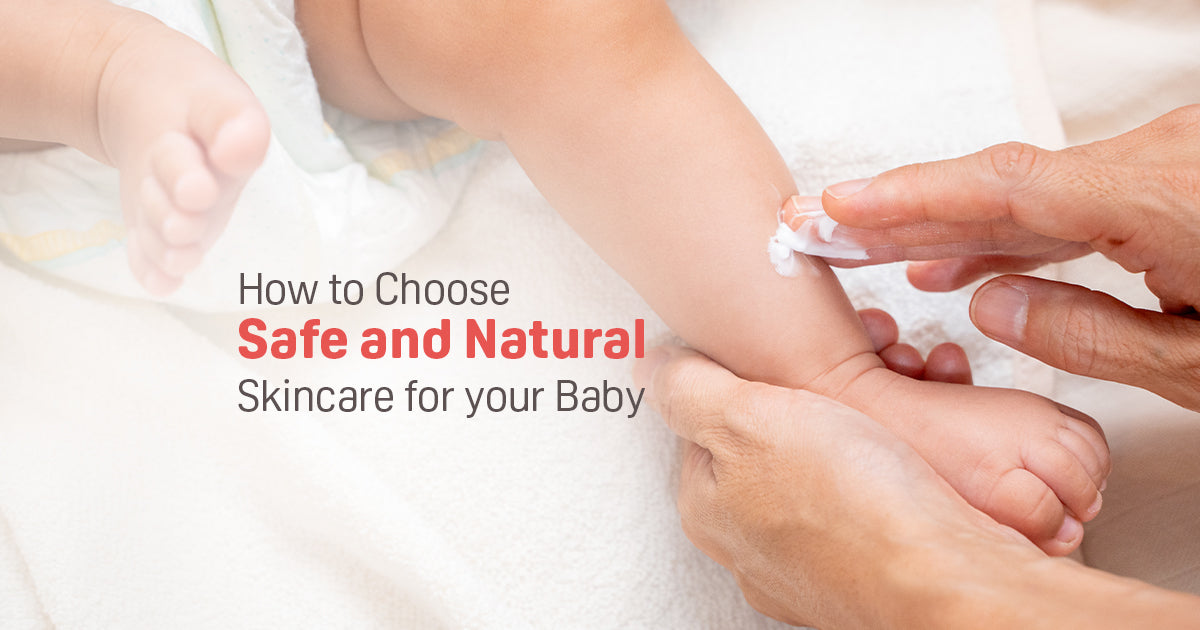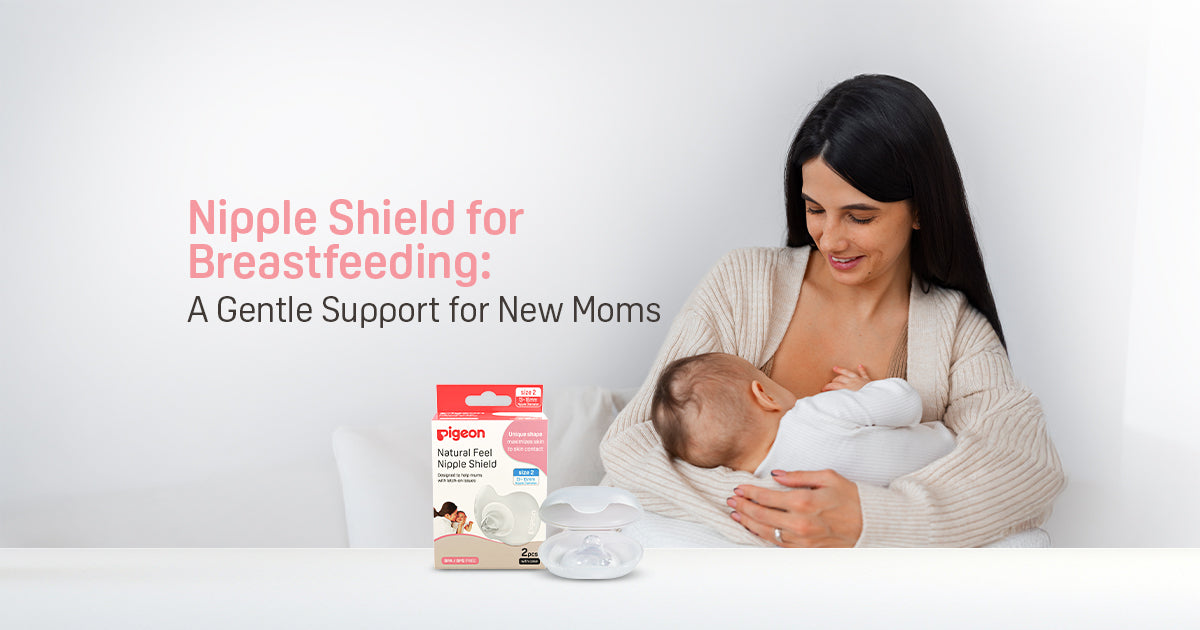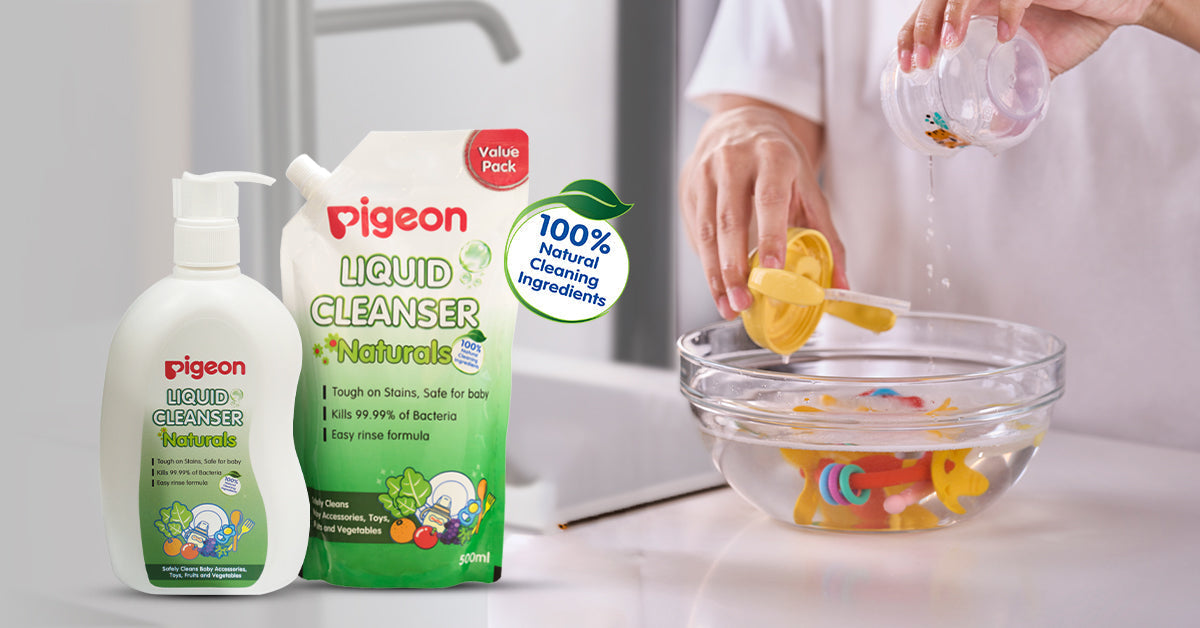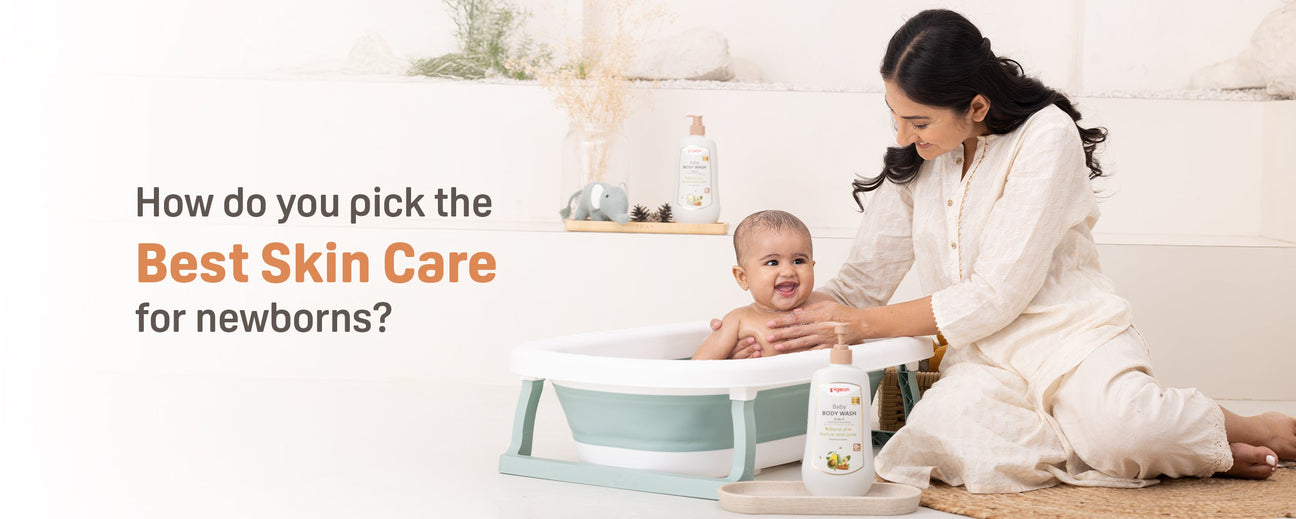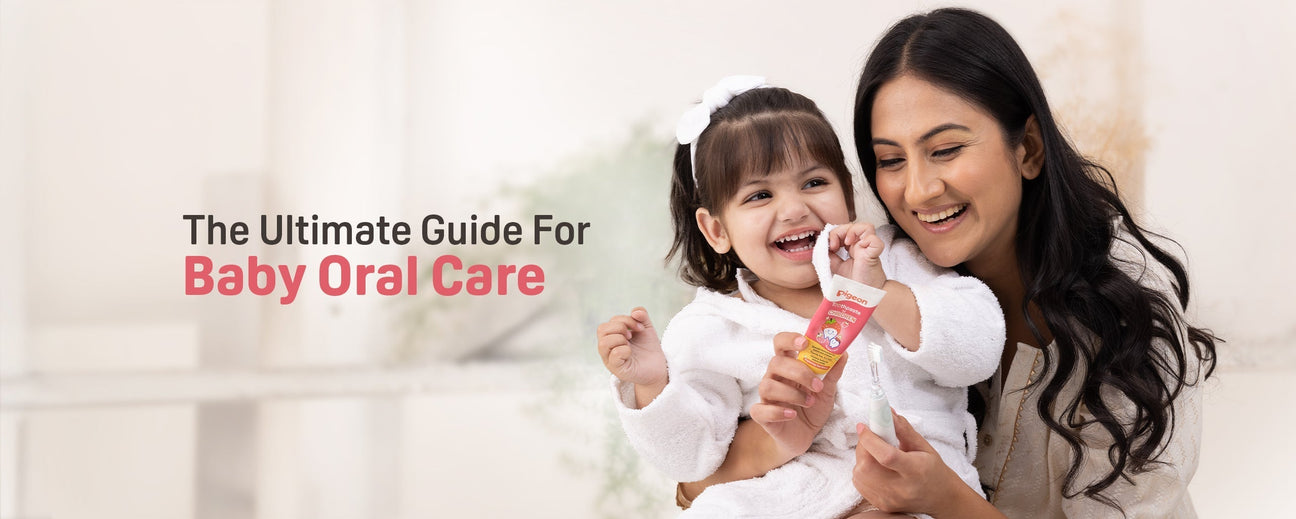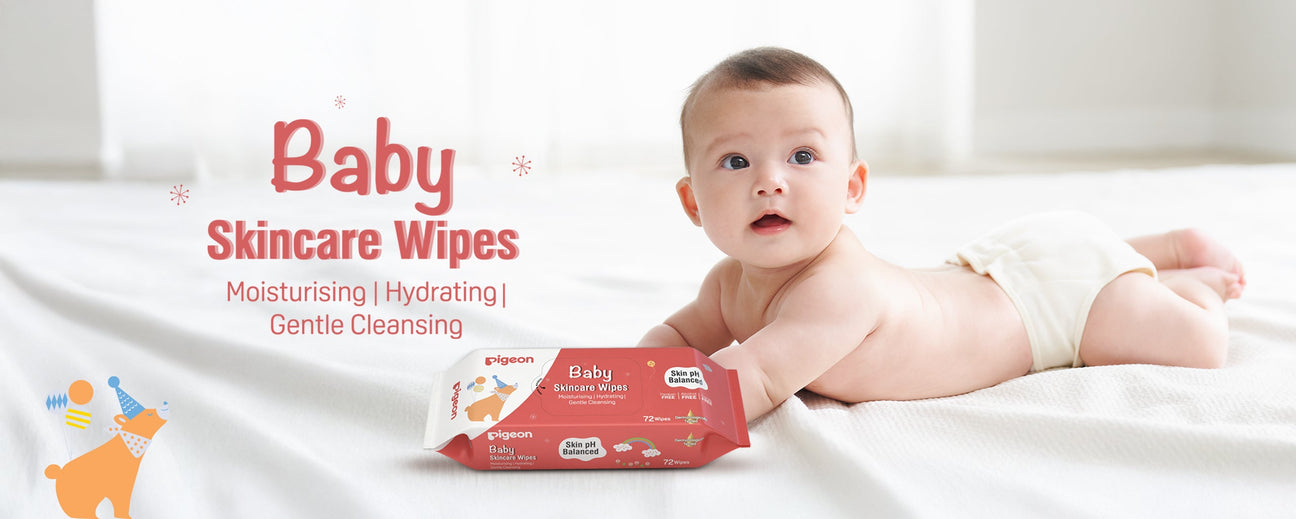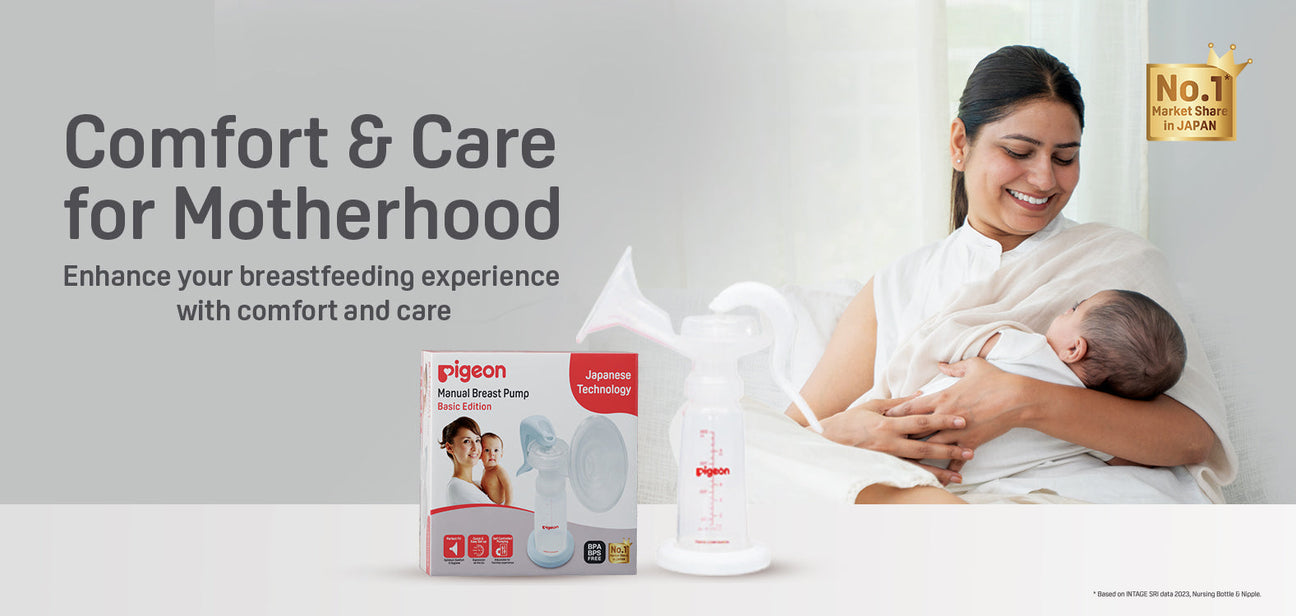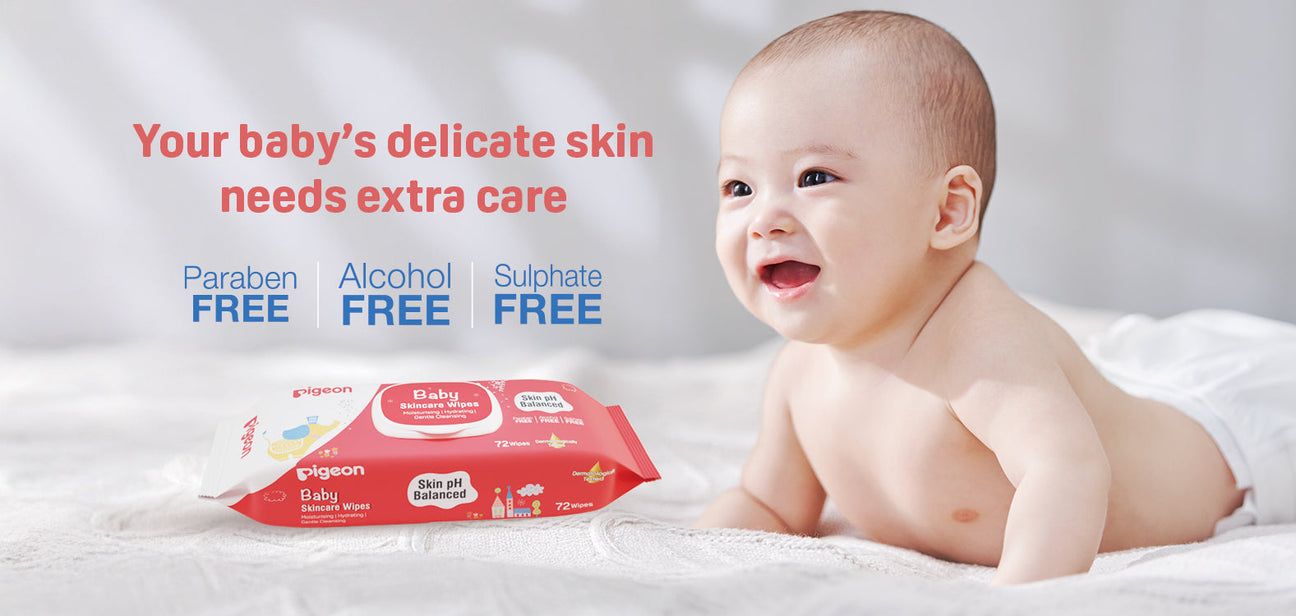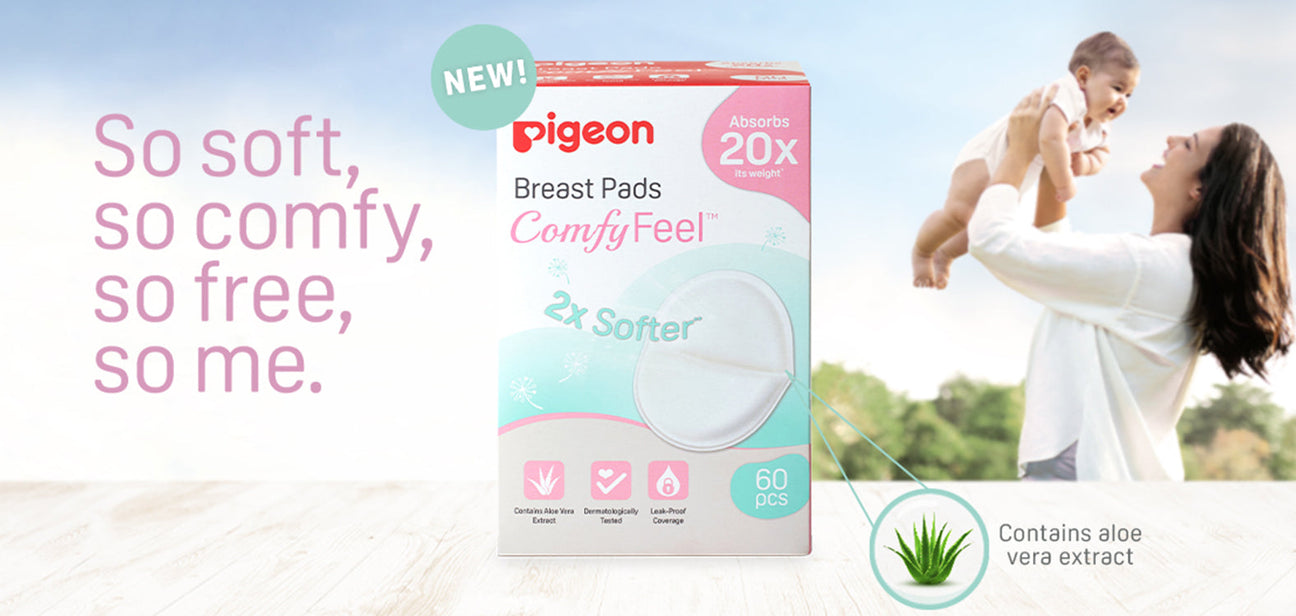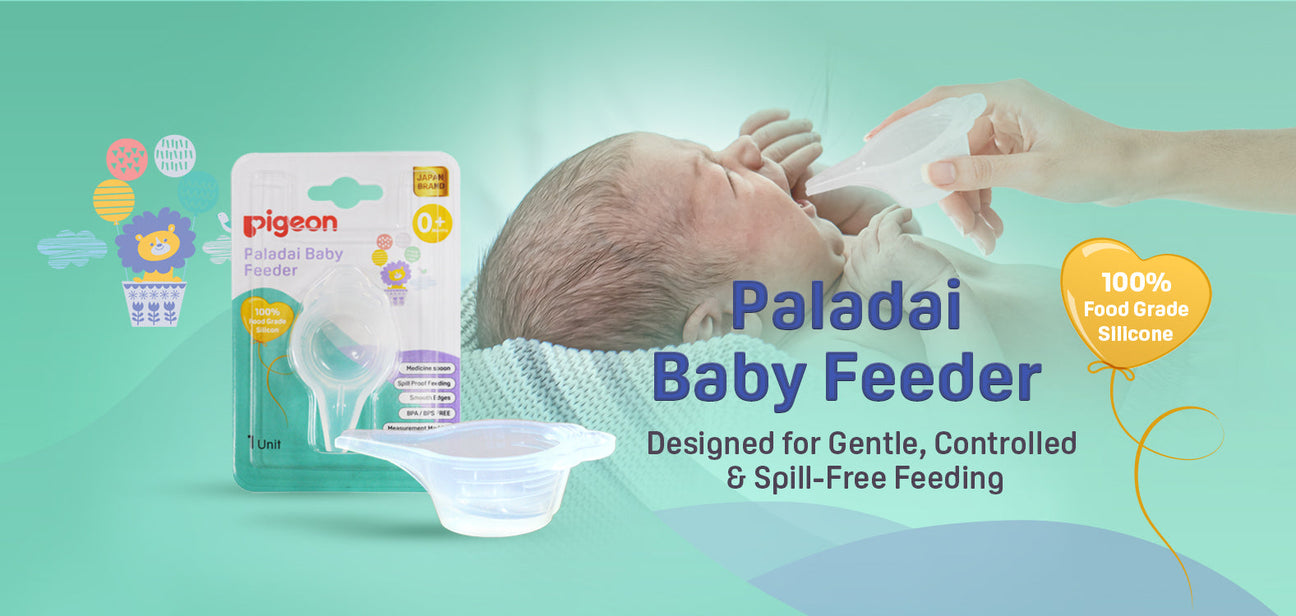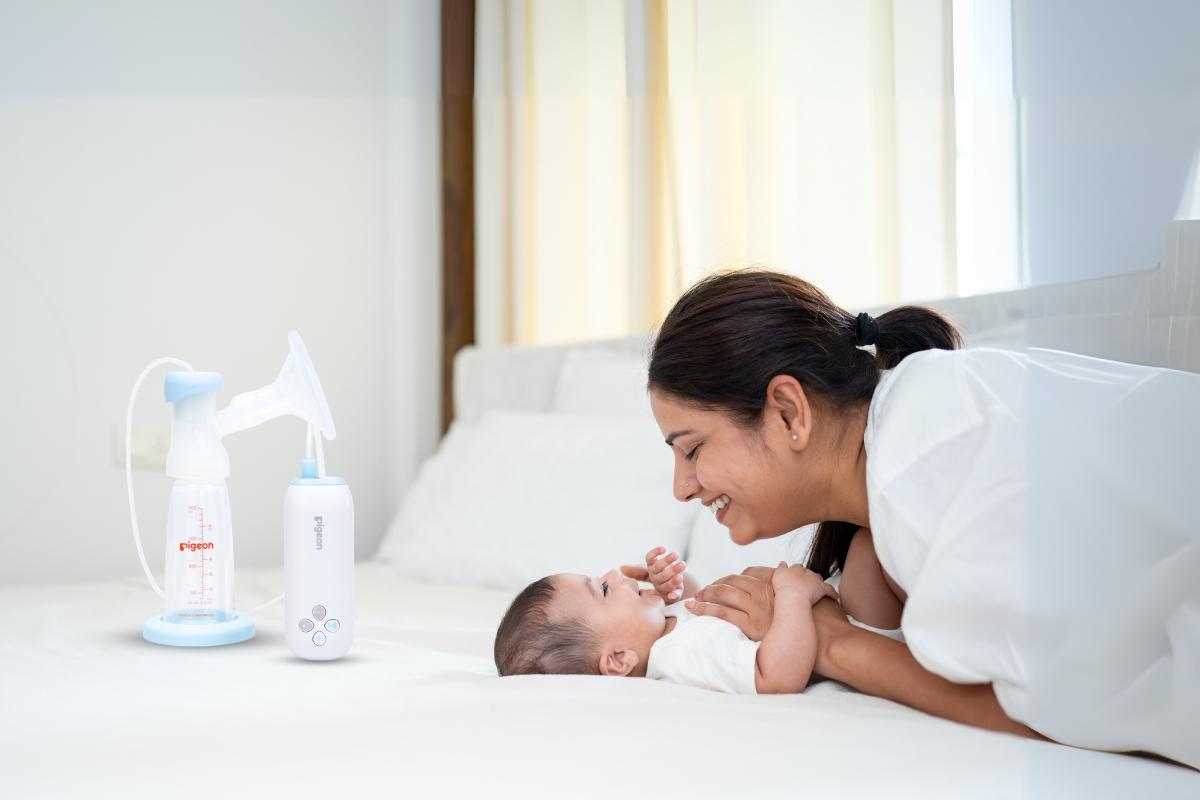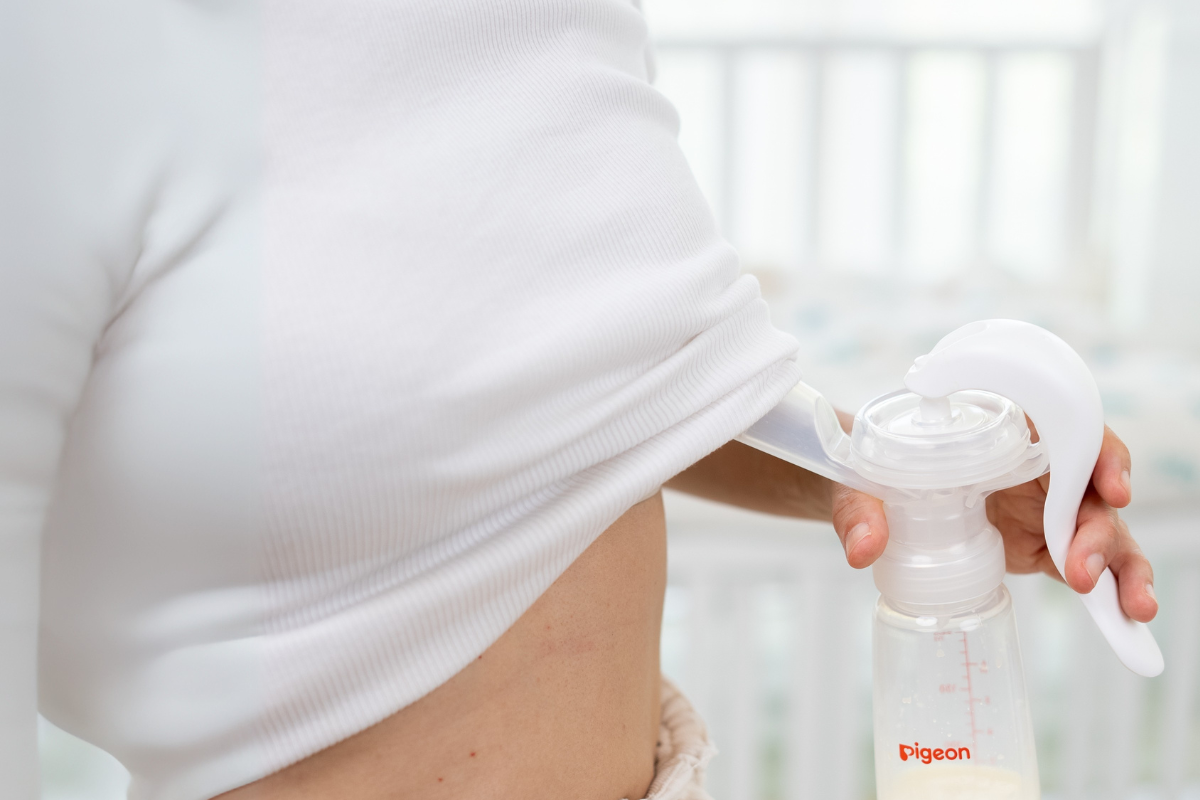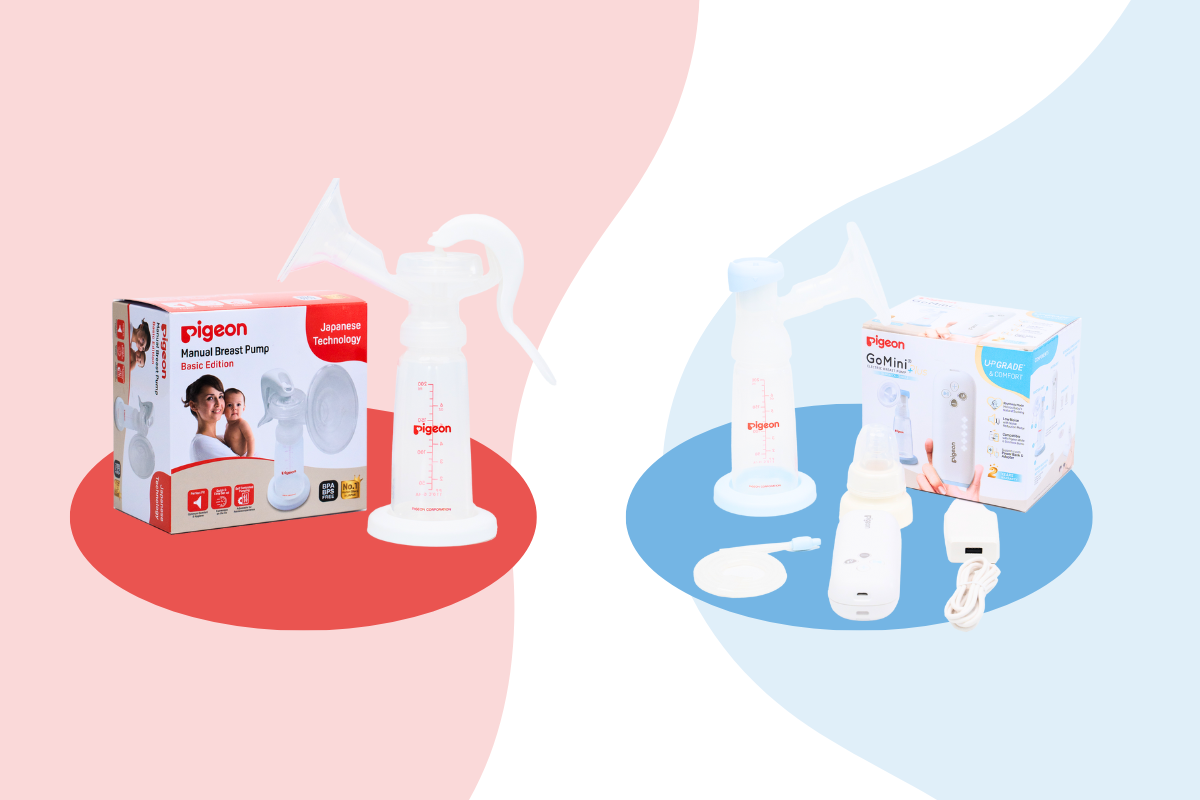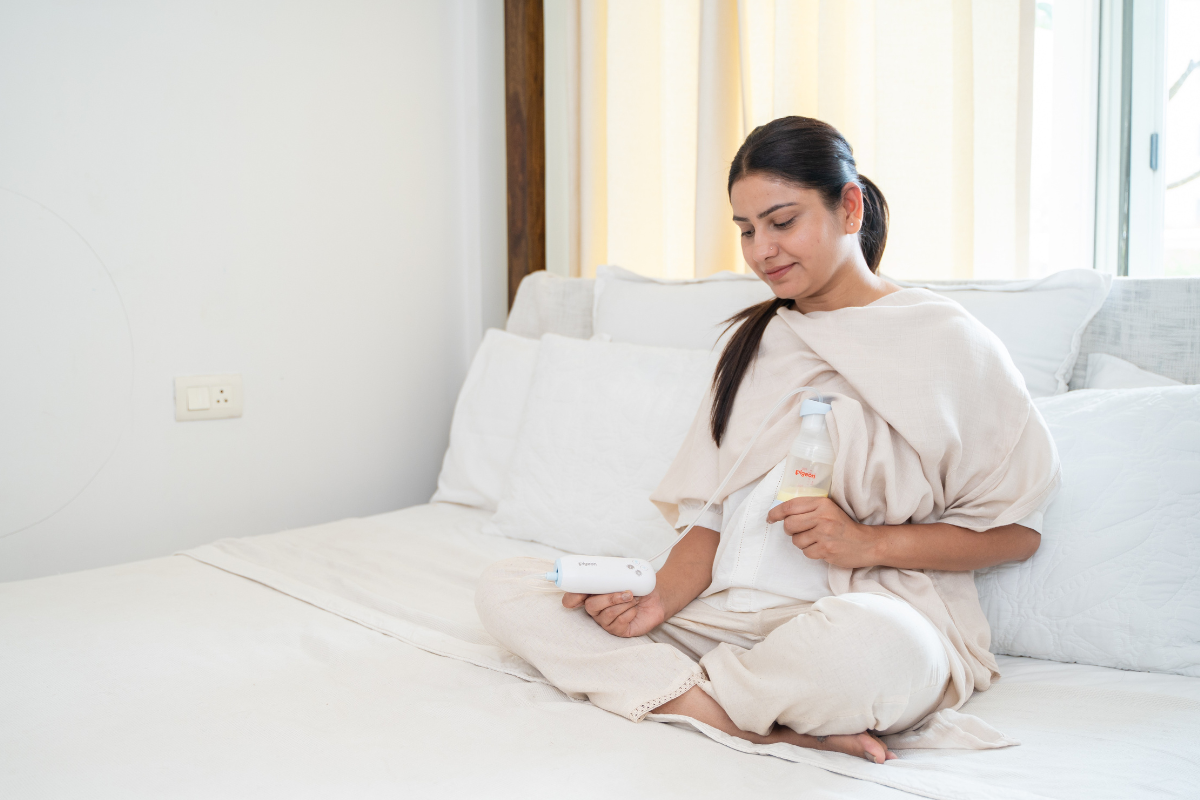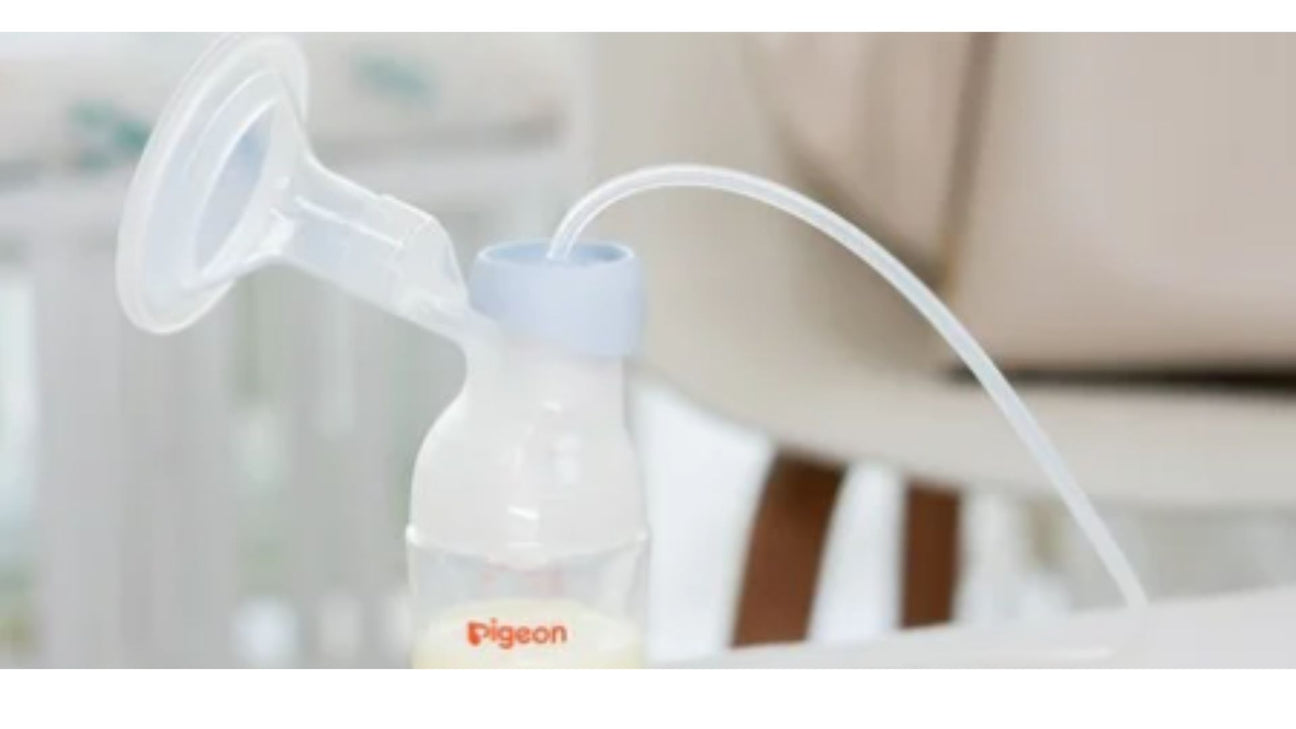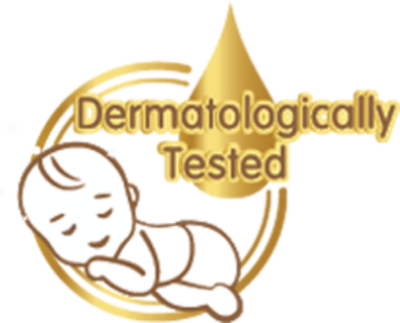Motherhood is a beautiful journey, but it also comes with its fair share of challenges, especially when it comes to balancing breastfeeding with a busy lifestyle. The thought of quitting your job to continue breastfeeding might seem like the only option, but that’s not the case. Fortunately, a manual breast pump provides a convenient solution, enabling you to express and store breast milk so your baby is always well-fed, no matter where you are. However, while pumping makes breastfeeding more manageable, keeping the breast pump clean is just as crucial. Proper cleaning prevents bacterial growth and ensures that each drop of milk remains pure and safe for your little one.
In this guide, we'll walk you through how to clean a breast pump properly so you can pump with confidence and peace of mind.
Why Cleaning Your Breast Pump Is Important
A manual breast pump, such as Pigeon's, is a great support for mothers juggling breastfeeding and everyday life. Although a breast pump offers convenience, keeping it clean is equally important. Since it comes into direct contact with breast milk, frequent cleaning prevents bacterial accumulation, ensuring your baby's safety and the pump's longevity.
Here’s why proper cleaning is necessary:
- Protecting Your Baby's Health: Leftover milk residue can create a breeding ground for bacteria, which may cause infections or stomach issues in babies.
- Ensuring Pump Performance: A tidy pump operates smoothly, maintaining its efficiency for longer use.
- Preventing Milk Contamination: Cleaning reduces the risk of harmful substances mixing with fresh breast milk during pumping.
By including a routine cleaning, mothers can pump with assurance, knowing their baby is getting safe and nutritious milk.
Understanding Your Manual Breast Pump
Before discussing how to clean a breast pump, it is essential to be familiarised with the different parts of a manual breast pump. This helps ensure proper cleaning and reassembly.
A breast milk pump typically consists of the following components:
-
Breast shield (flange): The component that sits around your breast to receive milk.
-
Pump handle: Used to create suction manually.
-
Valve and membrane: Regulates suction and milk flow.
-
Milk collection bottle/container: Stores the pumped breast milk.
-
Tubing (if needed): Some pumps may have extra tubing.
Each component should be cleaned after every use to ensure efficiency and hygiene.
Steps on How to Clean Your Manual Breast Pump
Cleaning your breast pump doesn't have to be time-consuming or complicated. Following these easy steps can help maintain hygiene and prolong the lifespan of your breastfeeding pump manual.
Step 1. Disassemble the pump
After pumping, take apart all removable parts of the manual breast pump. This ensures that no hidden milk residue remains in the tiny spaces.
Step 2: Rinse Immediately
Rinse each part under cold running water to flush out any remaining breast milk before it dries. Do not use a sponge or brush during this process to prevent bacteria from spreading.
Step 3: Wash with Mild Soap and Warm Water
Fill a clean basin with warm water and mild liquid cleansers. Use a dedicated baby bottle brush or soft cloth to gently scrub every part of the breast milk pump. Ensure that no milk residue is left in crevices or small openings. You’ll need to pay extra attention to the valves and breast shields because these may still retain milk residue.
Step 4: Rinse Thoroughly
Rinse all parts with warm running water after scrubbing to remove all soap residue. Even a small amount of soap can cause irritation or discomfort for the baby.
Step 5: Sterilize for Extra Protection
Sterilizing is important for newborns or premature babies. To do this:
-
Boil water, and soak the pump parts for 5 minutes.
-
Use a steam sterilizer or microwave-safe bag for sterilizing.
-
Opt for baby-safe disinfectant wipes for quick sanitization.
Step 6: Dry and Store Properly
Allow all parts to air dry thoroughly on a clean towel or drying rack. Do not use cloth towels as they can harbor bacteria. Store the breast pump in a clean, dry place until the next use.
Pigeon: A Trusted Companion for Mothers
Breastfeeding can be a lovely but challenging experience, and the right breast pump can make all the difference. Pigeon's manual breast pump is designed to provide comfort, ease, and reliability, allowing mothers to express milk effortlessly while managing their daily routines. Made with baby-safe materials and an easy-to-use design, it promises a smooth and effective pumping experience. From high-quality breast pumps to considerate accessories, Pigeon is committed to helping mothers each step of the way, making breastfeeding more manageable and stress-free.
Conclusion
Breastfeeding while balancing a career is possible with the right tools and support. A manual breast pump provides flexibility, enabling mothers to pump and store breast milk for their babies even when they are not around. Keeping the breast milk pump clean ensures a hygienic and safe feeding experience while maintaining the pump's longevity.
Through these easy-to-follow cleaning steps and choosing trusted brands like Pigeon, mothers may sit back knowing they are doing the best for their baby. Pigeon stands by parents in every step of their journey, offering reliable products that make breastfeeding and motherhood a little easier and a lot more comfortable.
Because when it comes to caring for your little one, Pigeon is always by your side.
FAQs
Q. How often should a manual breast pump be cleaned?
A. manual breast pump must be cleaned after every use to ensure it remains free from bacteria and milk residue.
Q. How long should a breast pump be boiled to sterilize it?
A. breast pump must be sterilized by boiling it for 5-10 minutes. Always refer to the manufacturer's instructions for specific instructions.
Q. How can I keep a breast pump free of bacteria?
A. To maintain a breast pump in a bacteria-free state, wash all parts after every use with warm soapy water, sterilize from time to time, and let them air dry completely. Store in a dry, clean environment to prevent contamination.

